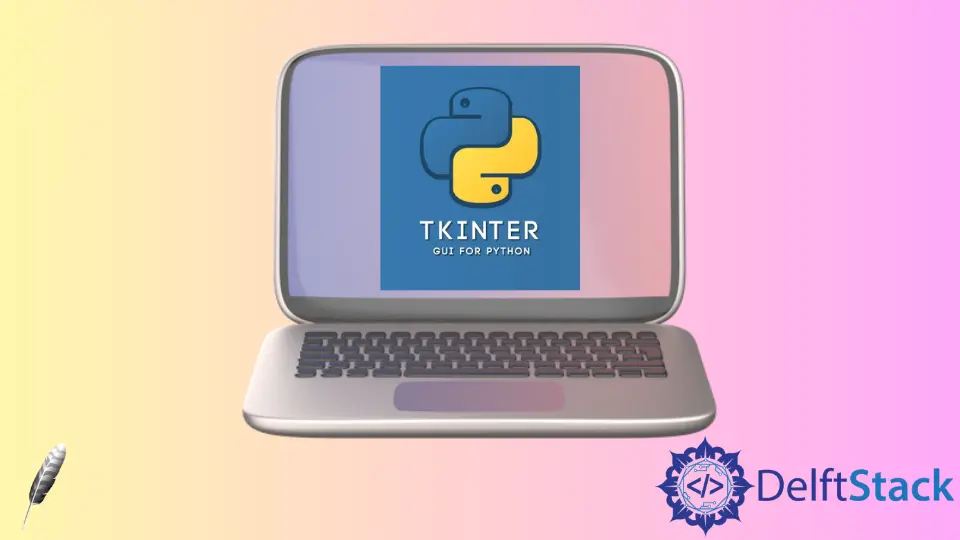Tkinter in macOS

If you’re looking to develop graphical user interfaces (GUIs) on your macOS, Tkinter is a powerful toolkit that you should consider. This built-in library in Python allows you to create windows, buttons, and other GUI elements with ease. However, installing Tkinter and setting up a virtual environment can be a bit daunting for newcomers.
In this article, we’ll walk you through the steps to install Tkinter on macOS and how to define a virtual environment. By the end, you’ll be well-equipped to start your GUI programming journey with Tkinter.
Installing Tkinter on macOS
To get started with Tkinter on macOS, you first need to ensure that Python is installed. macOS typically comes with Python pre-installed, but you might want to install the latest version using Homebrew for better compatibility.
Step 1: Install Homebrew
Homebrew is a package manager that simplifies the installation of software on macOS. Open your Terminal and run the following command:
/bin/bash -c "$(curl -fsSL https://raw.githubusercontent.com/Homebrew/install/HEAD/install.sh)"
This command fetches and runs the Homebrew installation script from the official repository. Follow the prompts to complete the installation.
Step 2: Install Python
Once Homebrew is installed, you can easily install Python. In the Terminal, run:
brew install python
This command installs the latest version of Python, which includes Tkinter.
Step 3: Verify Tkinter Installation
After installing Python, you can check if Tkinter is installed by running the following command in the Python shell:
python3 -m tkinter
If Tkinter is installed correctly, a small window should pop up, confirming that everything is set up.
Output:
A small Tkinter window will appear.
With these steps, you now have Tkinter installed on your macOS. This means you’re ready to start building your GUI applications!
Setting Up a Virtual Environment
Creating a virtual environment is crucial for managing dependencies and avoiding conflicts between different projects. Here’s how you can set up a virtual environment on macOS.
Step 1: Navigate to Your Project Directory
First, open your Terminal and navigate to the directory where you want to create your project. You can use the cd command for this:
cd path/to/your/project
Replace path/to/your/project with the actual path to your desired directory.
Step 2: Create a Virtual Environment
Once you’re in your project directory, you can create a virtual environment using the following command:
python3 -m venv myenv
This command creates a new directory named myenv where all the dependencies for your project will reside.
Step 3: Activate the Virtual Environment
To start using your virtual environment, you need to activate it. Run the following command:
source myenv/bin/activate
Once activated, your command prompt will change to indicate that you are now working within the virtual environment.
Output:
(myenv) your-username:project-directory your-username$
Step 4: Install Tkinter in the Virtual Environment
Now that your virtual environment is active, you can install Tkinter and any other packages you need. While Tkinter usually comes pre-installed with Python, you can ensure you have everything set up by running:
pip install tk
This command installs the Tkinter package within your virtual environment.
By following these steps, you have successfully set up a virtual environment on macOS and ensured that Tkinter is ready for your projects. This setup allows you to manage dependencies efficiently and keep your projects organized.
Conclusion
In this article, we explored how to install Tkinter on macOS and set up a virtual environment. With Tkinter, you can create fantastic GUI applications, and using a virtual environment helps you manage your project dependencies effectively. Whether you’re a beginner or an experienced developer, mastering these tools will enhance your programming capabilities on macOS. Now that you have the knowledge, it’s time to dive into the world of GUI development with Tkinter!
FAQ
-
What is Tkinter?
Tkinter is a standard GUI toolkit for Python that allows developers to create graphical user interfaces. -
How do I check if Tkinter is installed on my macOS?
You can check Tkinter installation by runningpython3 -m tkinterin the Terminal. A small window should appear if it is installed correctly. -
Why should I use a virtual environment?
A virtual environment allows you to manage project dependencies separately, avoiding conflicts between different projects. -
Can I use Tkinter with other Python versions?
Yes, but ensure you have the corresponding version of Tkinter installed for the Python version you are using. -
How do I deactivate a virtual environment?
You can deactivate a virtual environment by simply running the commanddeactivatein the Terminal.
Hello! I am Salman Bin Mehmood(Baum), a software developer and I help organizations, address complex problems. My expertise lies within back-end, data science and machine learning. I am a lifelong learner, currently working on metaverse, and enrolled in a course building an AI application with python. I love solving problems and developing bug-free software for people. I write content related to python and hot Technologies.
LinkedIn